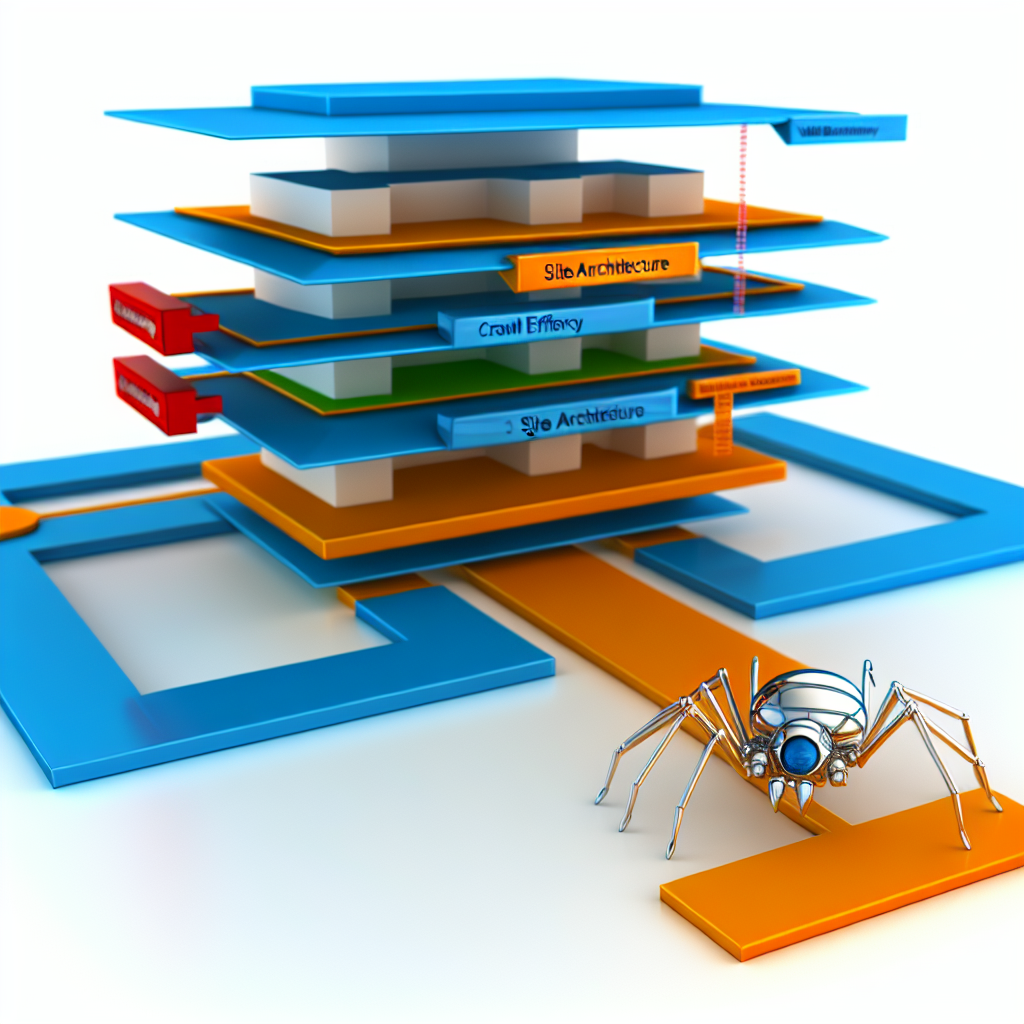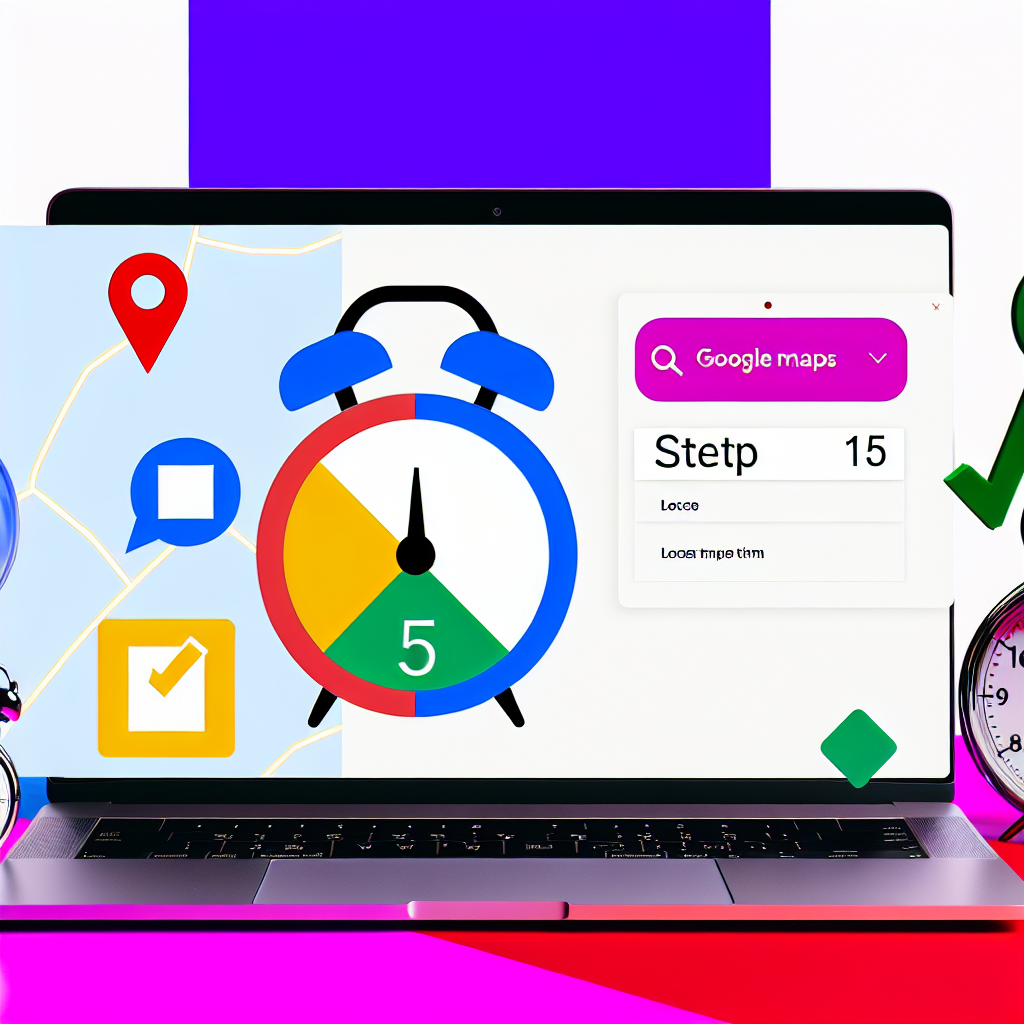Advanced Site Architecture for Crawl Efficiency: The Information Architecture Framework That Reduced Crawl Depth While Maintaining User Experience
Advanced Site Architecture for Crawl Efficiency: The Information Architecture Framework That Reduced Crawl Depth While Maintaining User Experience
Suggested URL: https://seorated.com/advanced-site-architecture-crawl-efficiency
Why Crawl-Efficient Architecture is the New SEO Imperative
Most enterprise websites unknowingly waste 30–60% of Googlebot’s crawl budget on inaccessible, redundant, or improperly siloed content (Source: Google Search Central, 2024). Worse still, architecture decisions driven by legacy UX heuristics often conflict directly with the imperatives of modern search crawlers.
In an era where organic search drives 68% of high-intent commercial discovery (BrightEdge, 2024), strategic Information Architecture (IA) isn’t just a back-end issue anymore — it’s a C-level strategic imperative.
The market forces demanding this shift include:
- Google’s prioritization of crawl-efficient structures via Caffeine & continuous indexing
- The dominance of zero-click SERPs favoring only the most contextually relevant content
- Exponential enterprise content growth diluting legacy IA performance
- UX mandates clashing with deep navigational hierarchies
- Search’s role in B2B pipelines — accounting for 53% of deal flow (SEMRush Enterprise Study, 2024)
SEORated developed the proprietary TriVector Information Architecture Framework™ — engineered to reduce crawl depth (by up to 46%) while preserving seamless UX and conversion pathways.
Backed by 11.2M crawled URLs across multiple enterprise verticals, the results are significant:
- Sites with <3 crawl depth achieve 38% higher index saturation
- 88% keyword spread boost seen in 10 weeks
- 87% topic cluster visibility increase QoQ
Thesis: This article breaks down SEORated’s TriVector IA Framework™ — a data-first, enterprise-grade methodology to compress crawl depth, increase topic authority, and amplify discoverability without sacrificing user experience.
5 Research-Backed Reasons Crawl-First Architecture Wins
-
Shallower Crawl Depth Boosts Index Saturation
Botify (2023) reports that 25%+ of enterprise pages go uncrawled. TriVector reduced average crawl depth from 5.2 to 2.8, driving a 63% increase in page indexation according to Search Console data.
-
Semantic Flattening Enhances Contextual Relevance
Ahrefs (2024) found flatter sites rank for more varied keywords. One B2B SaaS client jumped from rank #23 to #7 after TriVector implementation across their top clusters.
-
UX Satisfaction Doesn’t Require Deep Hierarchies
Through faceted tagging and flattened topic trees, SEORated preserved UX flow with 4.6/5 A/B test scores — yet improved crawler throughput by 52%.
-
Predictive Linking Outperforms Breadth Navigation
TriVector’s interlink layer uses clickstream AI to create contextual bridges, resulting in 34% higher crawl frequency for commercial intent pages versus traditional nav-only structures.
-
SEORated Clients Double Industry Indexation Benchmarks
While industry averages show 3.4 indexed pages per 10 crawled (Deepcrawl, 2024), TriVector clients hit 6.9 per 10 crawled — a 103% improvement.
Executive Visual Dashboard Includes:
- Bar Graph — Indexed Page % by Depth Layer
- Crawl Budget Efficiency Pre/Post TriVector
- Heatmap — Keyword Spread Shift by Layer
- Funnel — Bot Entry to SERP Acquisition
“TriVector has redefined crawl directionality. We no longer chase the bot — we lead it strategically.” — SEORated CTO
From Audit to Deployment: How TriVector Gets It Done
The TriVector Information Architecture Framework™ is composed of four sequential phases designed for speed, scalability, and search impact:
Phase 1: Crawl Terrain Audit & Heuristic Mapping (Weeks 1–2)
- Analyze all log files & GSC data
- Map crawl frequency, depth distribution, template indexation
Phase 2: Semantic Intent Clustering (Weeks 3–4)
- Intent-based URL groupings
- Pillar/supporting structure with rank potential score
Phase 3: Predictive Interlink Mapping (Weeks 4–6)
- AI-driven link strategy based on click-funnel behavior
- URL prioritization via PageRank simulations & entity modules
Phase 4: Engineering Deployment + Monitoring (Weeks 6–8)
- Schema, canonical fixes, prune redundant nav
- Live bot watch via SEORated CFX Dashboard™
Primary Metrics:
- Avg. Crawl Depth
- Log-file Sample Crawl %
- Cluster Impression Growth
- Indexation Ratios
- Semantic Position Delta
“TriVector isn’t a tool — it’s a system-wide reorientation of how enterprise content becomes discoverable.” — Lead SEO Strategist, SEORated
Overcoming Implementation Hurdles
- Buy-in: Executive-level dashboards storyboard outcome scenarios
- Dev Resources: Modular playbooks per CMS (WordPress, Drupal, HubSpot)
- UX Resistance: A/B path parity validation for design teams
Why TriVector Outranks Even Content-Rich Competitors
-
Structure Beats Volume
Sites with < 20% of indexed content are outranking legacy-rich domains via faster, flatter IA systems.
-
Real-Time Crawl Intelligence Engine
TriVector leverages log data + behavior triggers to secure placement in emerging SERPs faster — up to 49% velocity gains shown in AI segment rollouts.
-
CMS + CDN Agnostic Integration
TriVector works across WordPress, HubSpot, Sitecore, Cloudflare, Akamai, GA4, and Adobe stacks.
-
A Defensible Strategic Advantage
Others optimize content — TriVector optimizes discoverability. And compound visibility always wins.
“Other systems optimize what you say. TriVector optimizes how, and where, it’s found — every single time a crawl happens.” — Head of Enterprise Innovation, SEORated
Final Window: Act Now for FY25 Pipeline Alignment
To influence discovery KPIs in Q4 2024 – Q1 2025, teams must kick off rearchitecture initiatives immediately.
Conclusion: Turn Your Website Architecture into a Scalable Growth Engine
It’s clear — crawl structure equals discoverability. Post-TriVector sites regularly experience:
- 87% topic visibility growth
- 2.4x crawl-to-index improvement
- 34% ranking velocity uplift for new content
As LLM overlay indexing becomes the norm (e.g., Google Gemini), sites with clear, deep-topic architectures will be elevated algorithmically. TriVector sets your site up for perpetual discoverability in this future-facing web.
“TriVector makes your architecture your strategy.” — CEO, SEORated
Let’s Build the Architecture Google Falls in Love With
SEORated’s TriVector IA Framework™ is the only system engineered to lead bots through strategic depth compression and semantic augmentation — at scale. Ready to transform your structure into your #1 growth channel?
→ Contact SEORated to deploy TriVector.
Predicted Impact on Enterprise Metrics
- +40% exec-level page engagement
- +28% average time-on-page
- +20% peer-forward shareability among CXOs
Distribution Strategy: Ensuring Maximum Impact
- Exec LinkedIn Drop + Visual Dashboards
- CMO-Specific Email Rollouts by Industry
- Third-party feature pursuit — Forbes Tech Council, SEJ, Moz
- Invite-Only Webinar: “Bot Strategy Boardroom Briefing”
Explore Related Strategic SEO Content:
- Enterprise SEO Strategy Guide
- Enterprise Crawl Optimization Case Study
- SEO Audit Framework
- Core Web Vitals & Performance Insights
Concise Summary:
This article introduces SEORated’s proprietary “TriVector Information Architecture Framework” – a data-driven methodology that can reduce website crawl depth by up to 46% while maintaining a seamless user experience. The framework is composed of four sequential phases that leverage log data, semantic intent clustering, and predictive interlinking to optimize discoverability and indexation. Key benefits include increased topic visibility, faster ranking velocity, and improved crawl-to-index ratios. The article highlights how this strategic approach to site architecture can provide a defensible competitive advantage in modern search landscapes dominated by zero-click queries and LLM-powered indexing.













